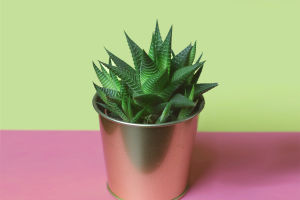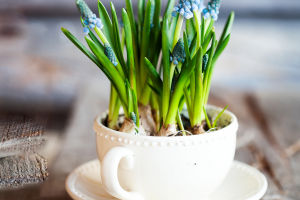The Enchanting World Of The Peony
Greetings Lykkers, the peony, often referred to as the “King of Flowers,” is one of the most beloved and celebrated blooms in history.
Originating in Asia, Europe, and North America, this perennial flower has graced gardens, art, and literature for centuries, enchanting all who encounter its charm.
Peony Growing Guide!!! How to Plant, Grow, Harvest, Divide, & Transplant Peonies
Video by Northlawn Flower Farm and Gardens
A Flower With A Rich History
The peony’s history dates back thousands of years, particularly in China, where it holds a revered status. In ancient times, it was considered a symbol of imperial power and was often called the “Flower of Riches” Chinese dynasties cultivated peonies in royal gardens, celebrating their elegance and vibrant colors.
In Greek mythology, the flower is linked to the physician Paeon, who was said to have used its roots for healing. This mythological connection highlights the medicinal uses of peonies, which have been utilized in traditional medicine for centuries.
A Symphony Of Colors And Varieties
Peonies come in a dazzling array of colors, including shades of pink, red, white, and yellow. Each hue carries its own symbolism—pink for romance, red for passion, and white for purity.
There are two main types of peonies: herbaceous and tree peonies. Herbaceous peonies bloom in late spring and die back to the ground each winter, while tree peonies have wood stems and bloom earlier in the season. Itoh peonies, a hybrid between the two, offer a unique combination of traits, boasting large, vibrant flowers and a robust structure.
The Peony In Art And Culture
Throughout history, peonies have inspired artists, poets, and designers. Chinese brush paintings often feature these blooms as symbols of beauty and wealth. Japanese culture also reveres the peony, associating it with bravery
In Western culture, peonies have become a popular motif in weddings and celebrations, symbolizing a happy and prosperous marriage. Their elegance graces everything from bridal bouquets to home decor, bringing a touch of sophistication and grace.
How To Cultivate The Perfect Peony
Growing peonies is a rewarding experience for gardeners. These flowers thrive in well-drained soil and require a sunny location to flourish. Planting peonies in the fall ensures healthy blooms in the spring, as they need a period of cold dormancy to produce flowers.
Medicinal And Aromatherapeutic Uses
Beyond their aesthetic appeal, peonies have been used for medicinal purposes for centuries. In traditional Chinese medicine, peony roots are believed to have anti-inflammatory and calming properties, making them a common ingredient in herbal remedies.
The flower’s delicate fragrance is also prized in aromatherapy, known for its ability to reduce stress and promote relaxation. Peony-scented candles, oils, and perfumes continue to be popular choices for those seeking a soothing and luxurious experience.
Conclusion: A Flower Of Endless Elegance
Lykkers, the peony is more than just a flower—it’s a symbol of timeless beauty, rich history, and enduring love. Whether adorning a garden, inspiring an artist, or brightening a special occasion, the peony captures the hearts of all who behold it.
As you explore the world of peonies, may you find inspiration and joy in their elegance. Until we meet again, Lykkers, continue to celebrate the wonders of nature and the beauty it brings to our lives!


